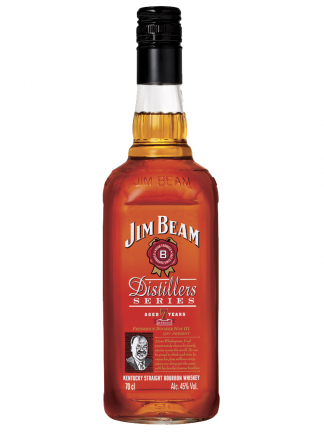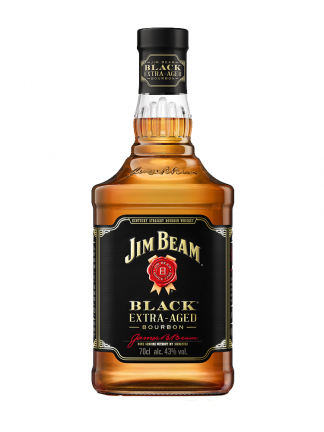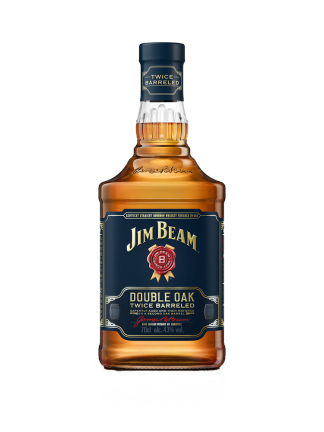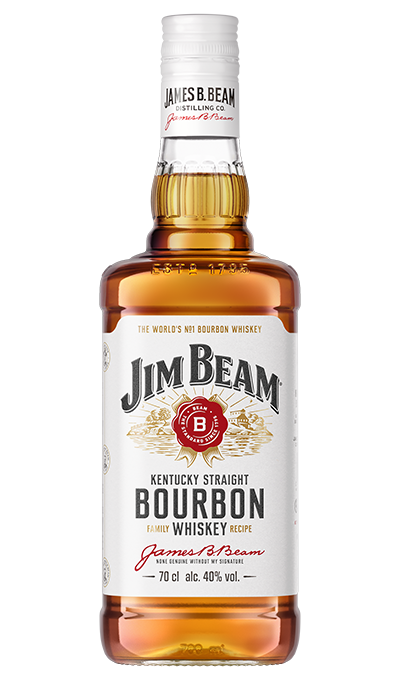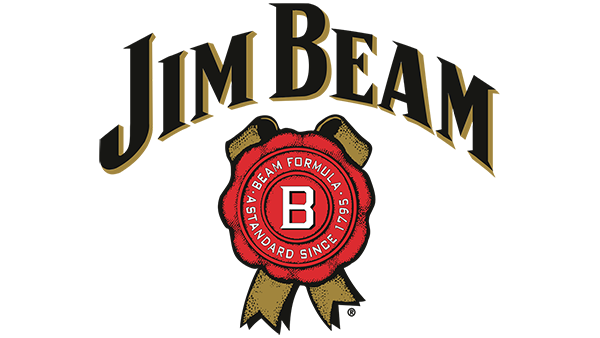
Jim Beam

Jim Beam and the beginning of his 225-year history
In 1740, when the United States was still the Thirteen Colonies, the Böhm family arrived in America determined to live the colonial dream. 48 years later, they moved to what is now central Kentucky and Americanized their German name to Beam. Warm summers, mild winters and calcareous springs make their new home ideal for "guessing correctly" about growing corn. Wasn't that what you were thinking? Well, don't worry, the bourbon story is coming soon.
By the end of the 18th century, in Western Pennsylvania, German, Scottish, and Irish settlers were already producing rye whiskey, according to recipes they brought with them from their native places. When the US government began offering incentives to relocate settlers and grow corn, many of them, along with their families, settled in Kentucky, Virginia (strange times, indeed). Among these farmers was Jacob Beam, who, like many others, used his father's whiskey recipe to distill excess corn into a new, sweeter type of whiskey. This is how bourbon was born and the foundations of Jim Beam were laid.
19th century
Perhaps the best decision Jacob Beam made was to sell his bourbon. He sold his first barrel of Old Jake Beam Sour Mash in 1795, exactly three years after Kentucky officially became a state. Its bourbon quickly became a favorite in the region - not a small achievement, given the fact that in the early 19th century Kentucky was home to approximately 2,000 distilleries.
In 1820, Jacob Beam handed over the distillery to his extremely astute son, David Beam. At that time, bourbon could only be distributed locally, so instead of bottling it and selling it in stores, as we do today, people brought their own containers to the distillery and filled them directly from the barrels. However, David foresaw the forthcoming change and decided to expand the distillery for future development and the transition from cauldrons to columns to ensure continuous production. He renamed the bourbon to "Old Tub" to match the name of the distillery.
During the Civil War, bourbon became so popular that even General Ulysses S. Grand became an ardent admirer of it. Because of the general's success, President Lincoln is said to have said the following words to him: "Find out what he drinks and send a cash register to the rest of my generals.
Our past is only half the story. The best is yet to come.
The dry regime in the early 20th century
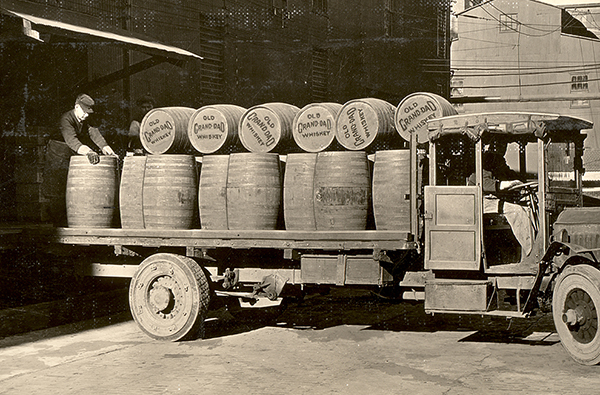
The revival of bourbon in the middle and end of the 20th century
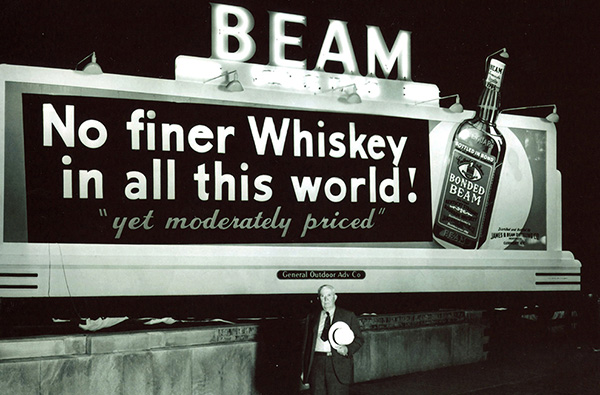
The bourbon renaissance in the early 21st century
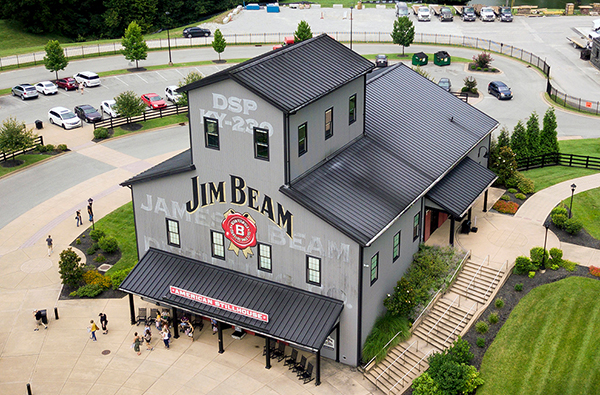
Since its inception in 1795, every Master Distiller has found an opportunity to contribute to our history, looking for undiscovered ways to innovate in creation and enjoy bourbon. It is a real pleasure to look back on what the Jim Beam family has achieved and we know that we are what we are now, thanks to our constant desire to move forward. We certainly wouldn't be here if it weren't for all the members of our global family. Our 225th anniversary is a time to celebrate what we have been and look back to the coming 225 years, along with our growing Jim Beam family. Let's just say we have plans for the future.









